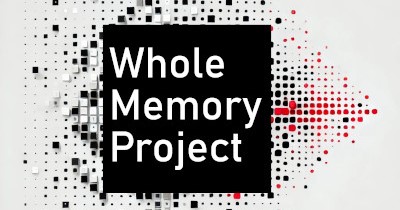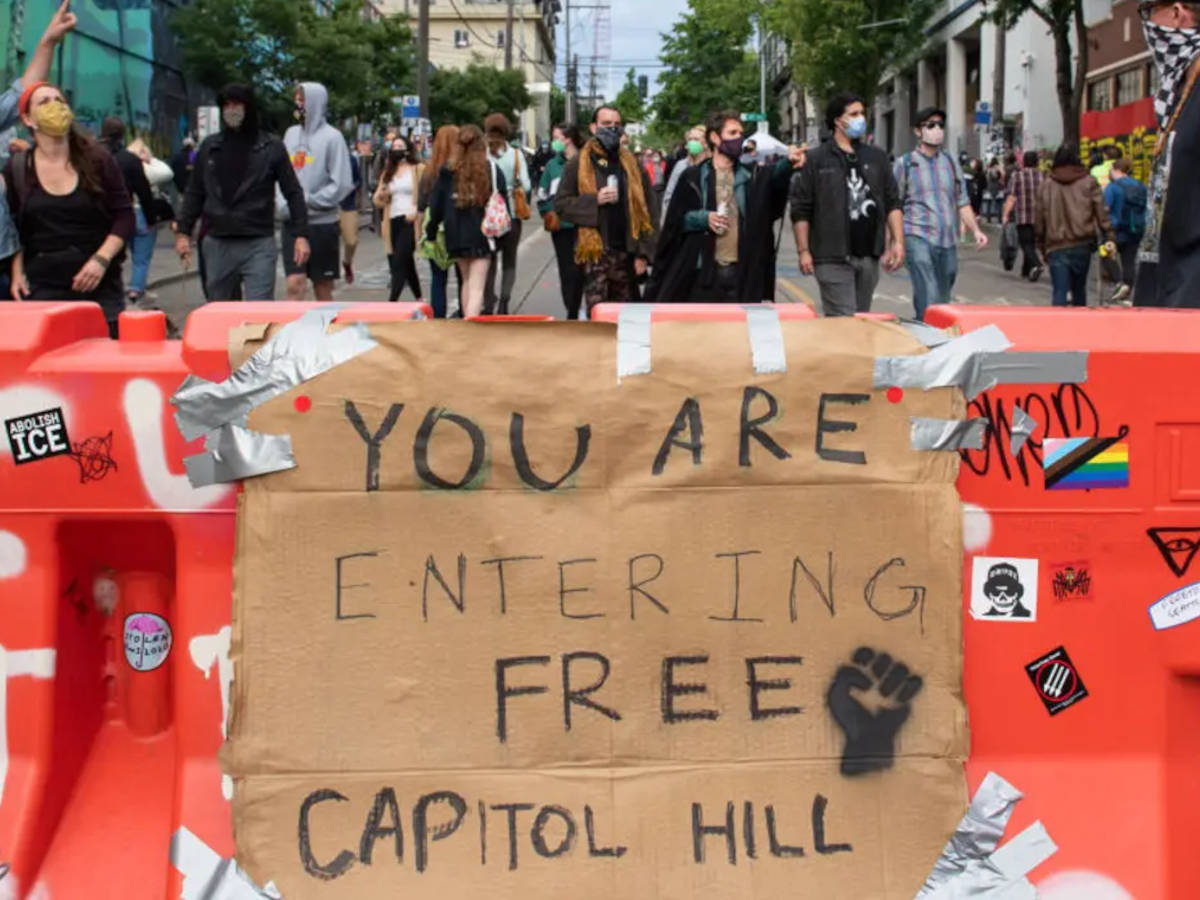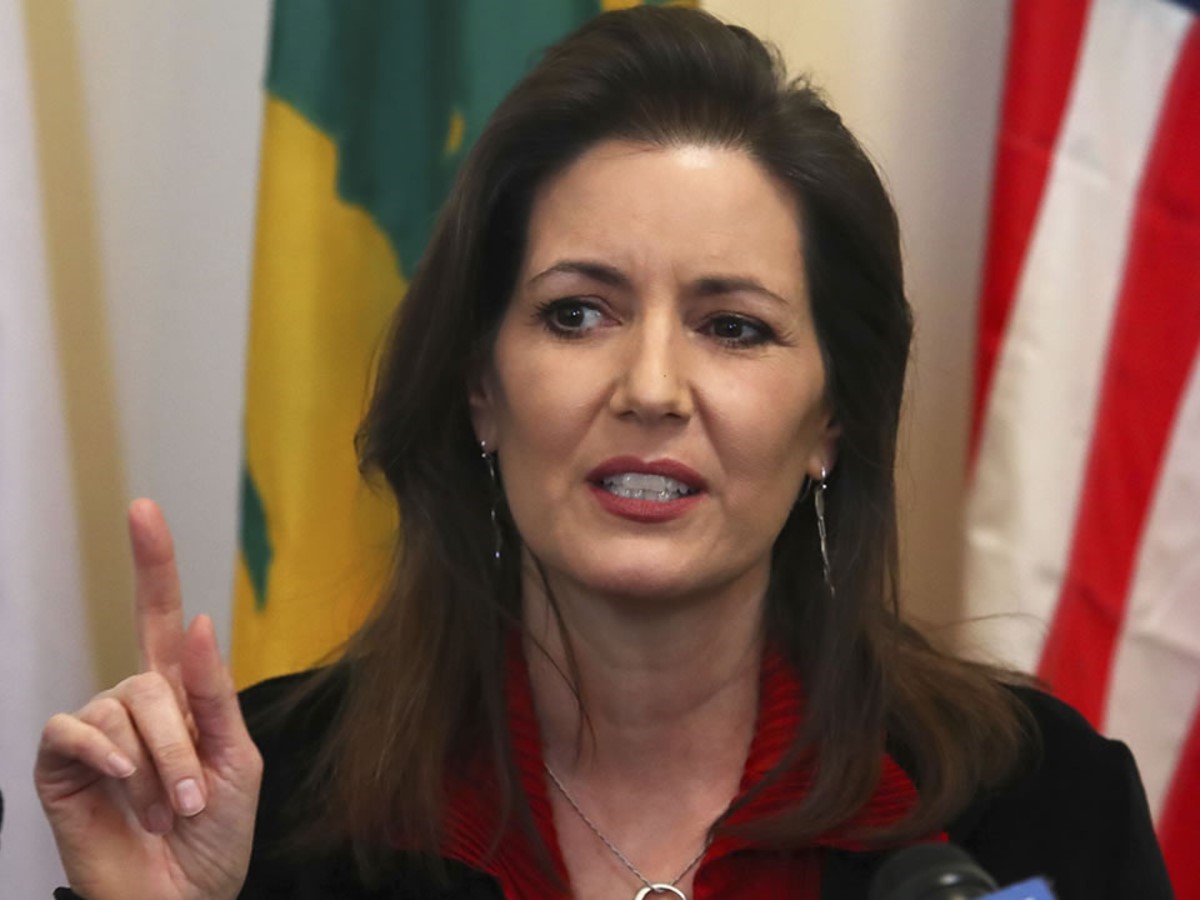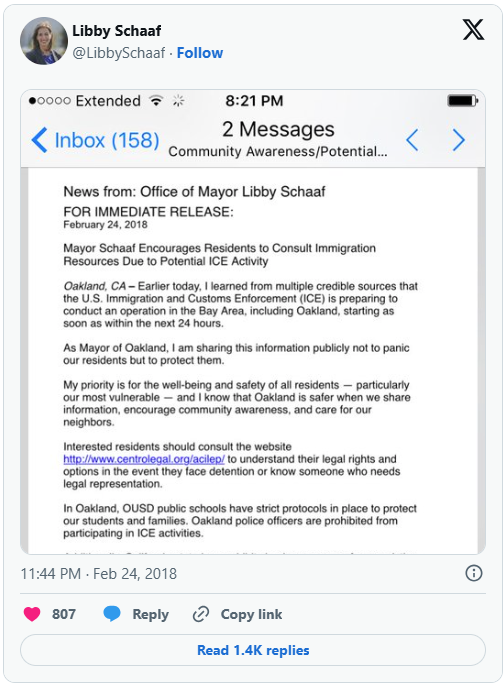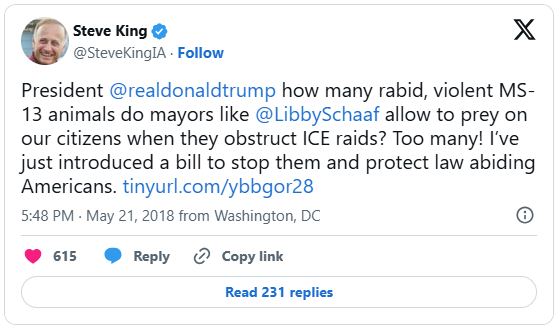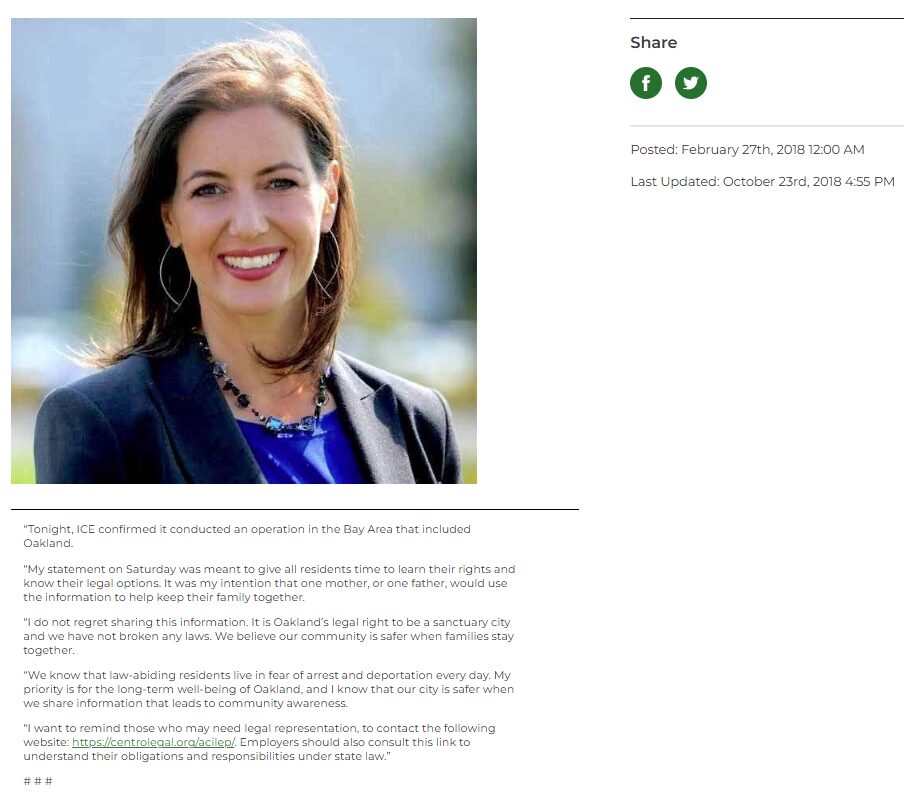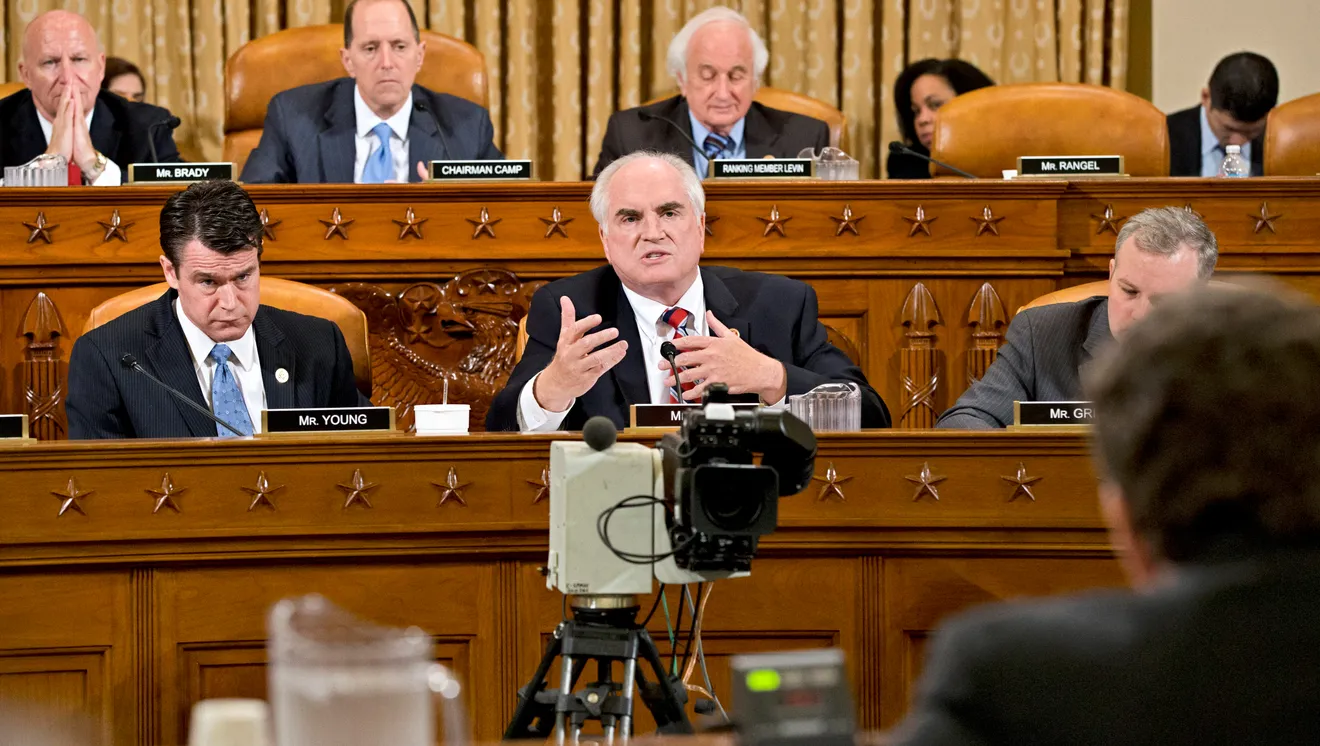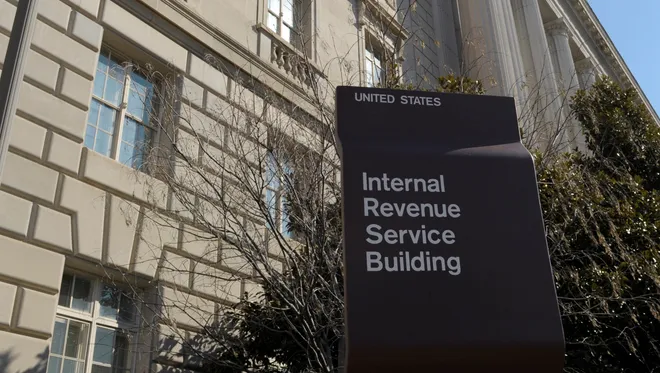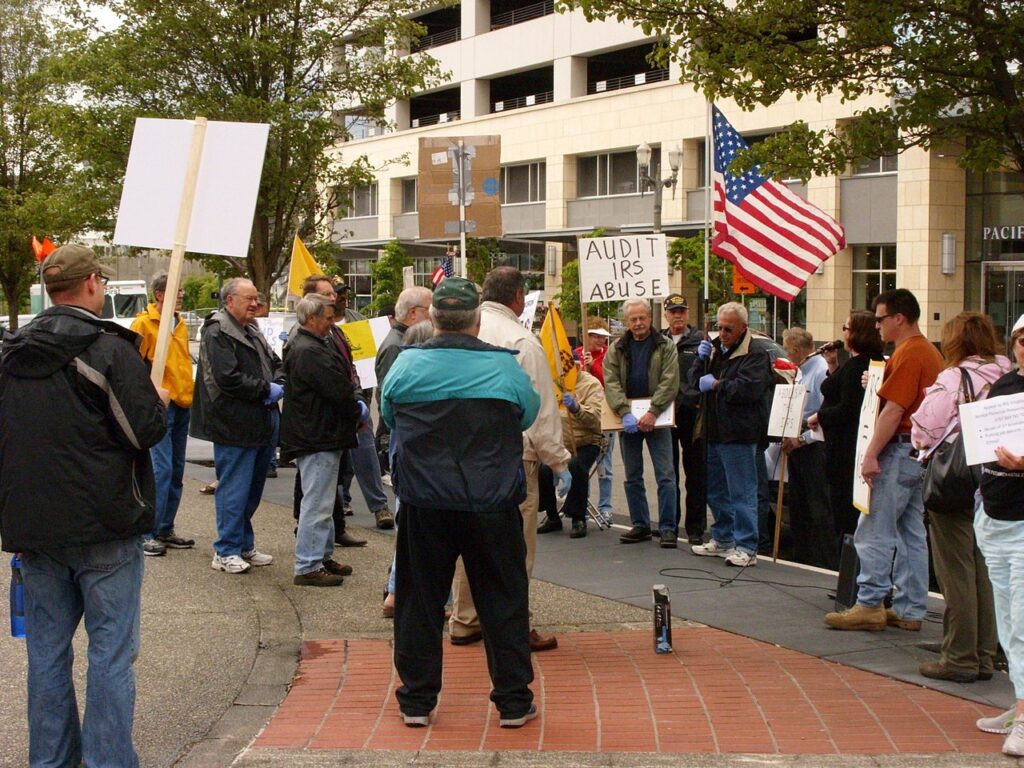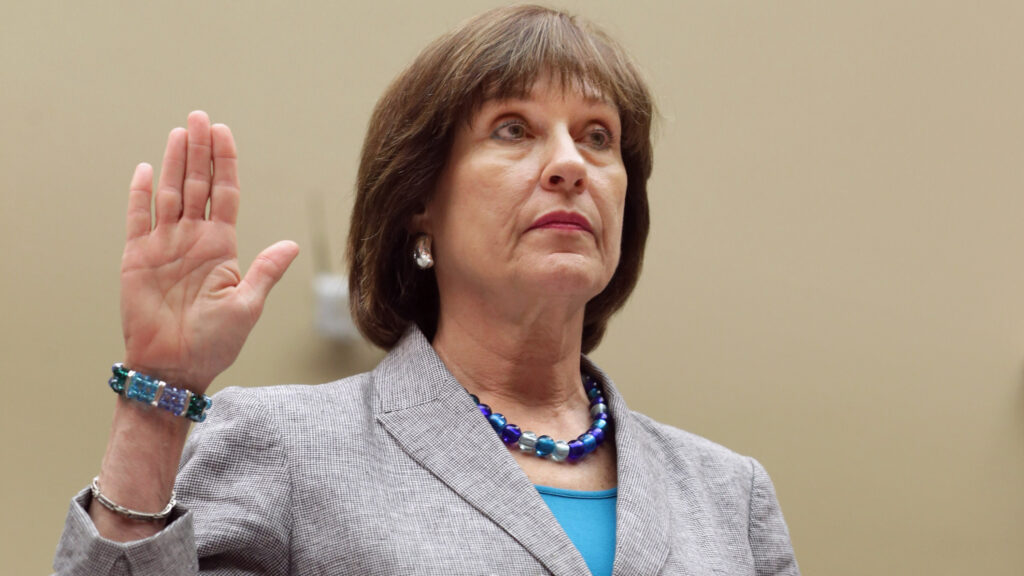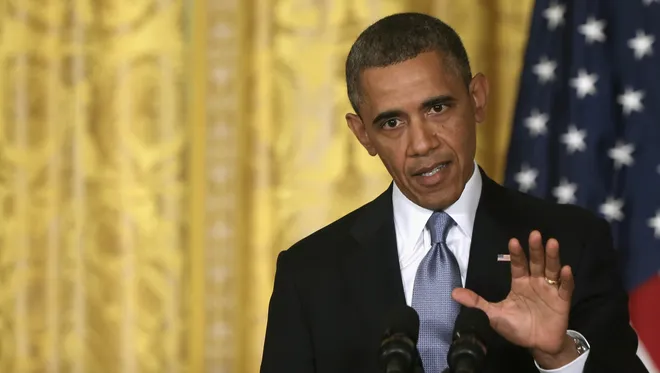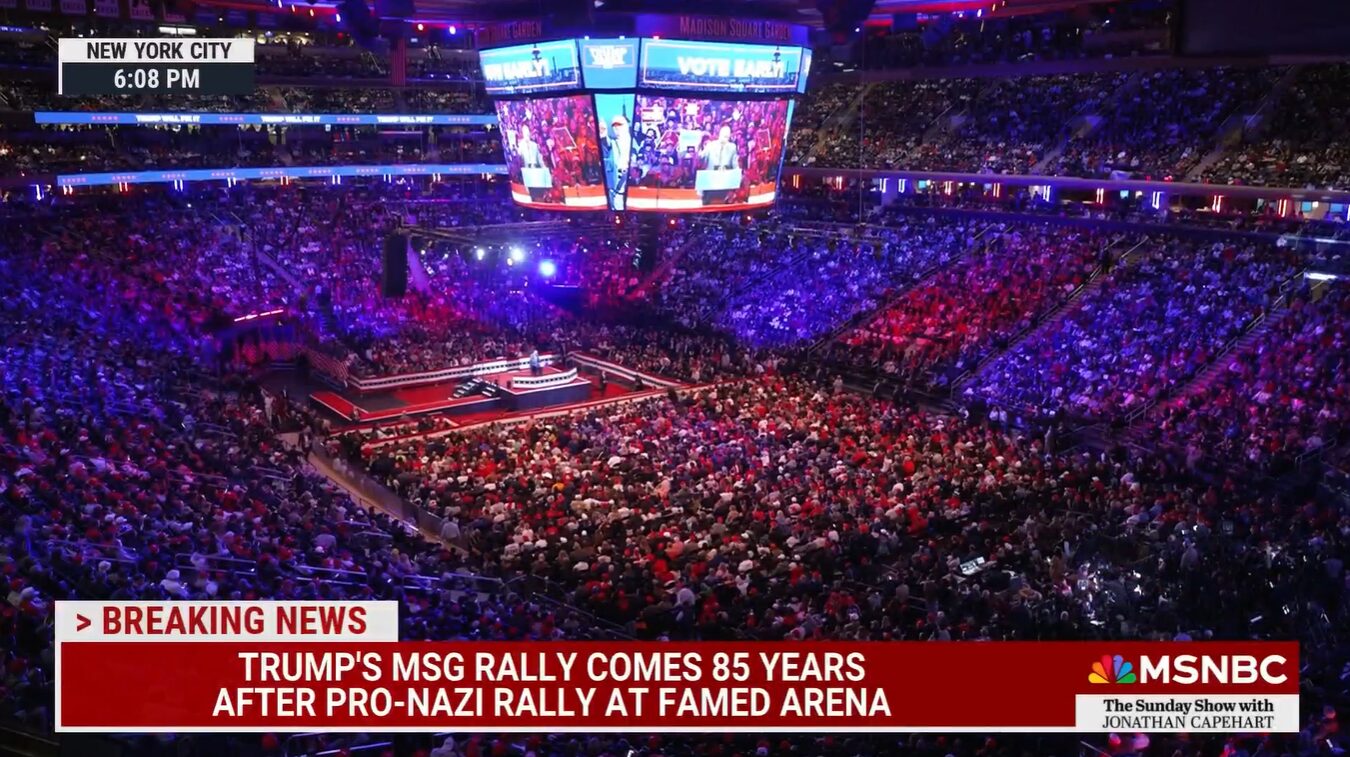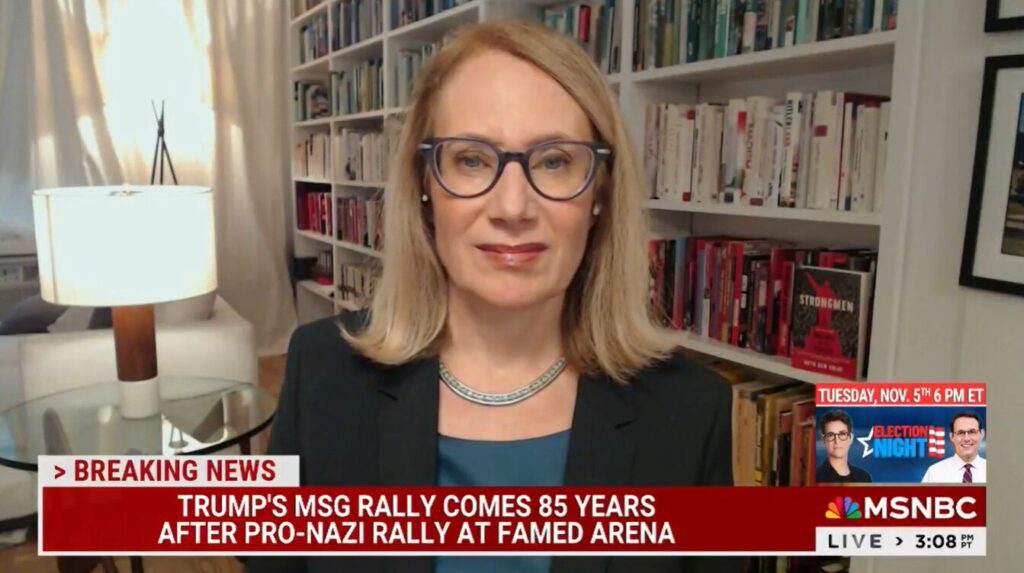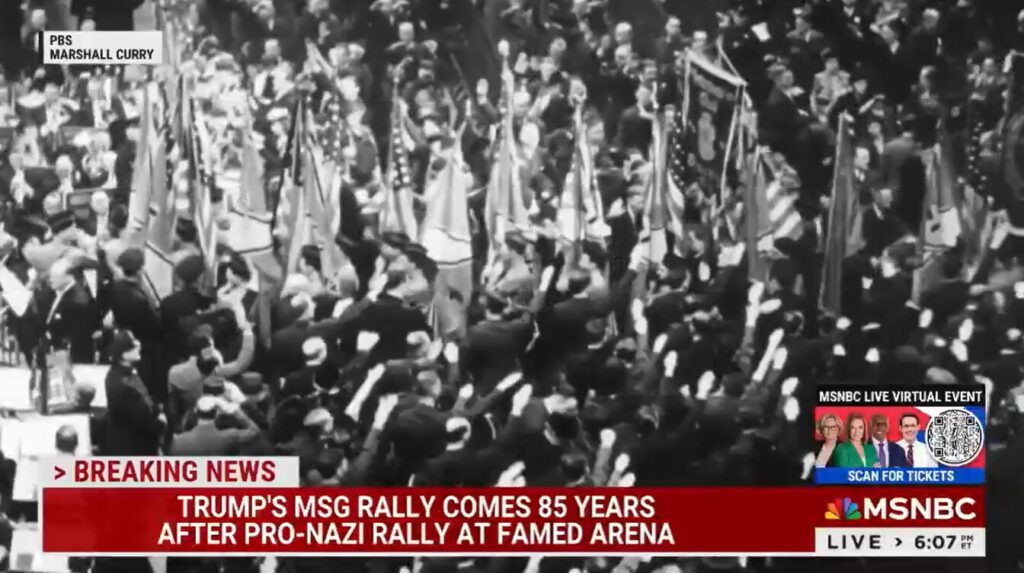In the summer of 2020, amidst nationwide protests against purported police brutality and systemic racism following the death of George Floyd, a unique and controversial experiment unfolded in Seattle, Washington. The Capitol Hill Occupied Protest (CHOP), initially known as the Capitol Hill Autonomous Zone (CHAZ), represented an attempt to create a “police-free” zone. Spanning several city blocks in Seattle’s Capitol Hill neighborhood, CHOP became both a symbol of resistance to capitalism and democratic governance and a subject of intense scrutiny.
Origins of CHOP: The Context and Build-Up
The seeds of CHOP were planted during the initial days of protests following the death of George Floyd on May 25, 2020. Demonstrations spread across the United States, calling for justice and systemic reform. Seattle, known for its history of progressive activism, became a focal point of this movement. Capitol Hill, an area with a rich history of countercultural and LGBTQ+ activism, saw sustained protests near the Seattle Police Department’s East Precinct.
Confrontations with Police
In the first weeks of June, tensions between protesters and the Seattle Police Department (SPD) escalated dramatically. Protesters accused the SPD of excessive force, citing the use of tear gas, flash-bang grenades, and rubber bullets to disperse crowds. These actions drew widespread criticism, including from Seattle Mayor Jenny Durkan, who imposed a temporary ban on tear gas.
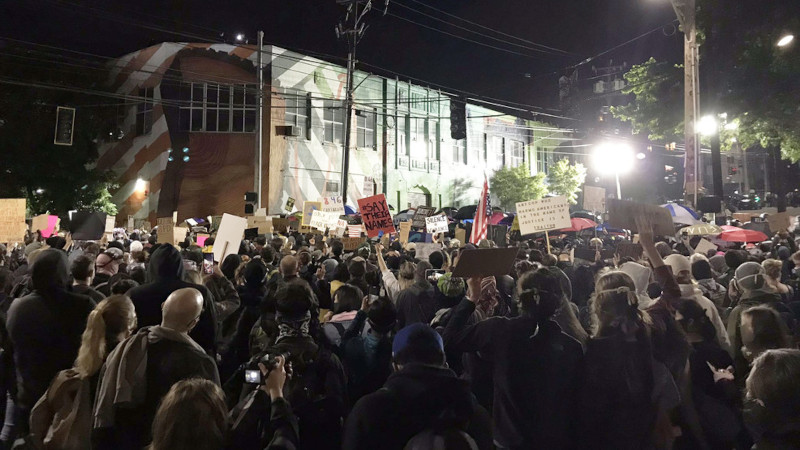
The most intense clashes occurred near the East Precinct, where nightly confrontations between protesters and police became routine. As tensions escalated, police barricaded the area, but the standoff grew unsustainable.
The Abandonment of the East Precinct
On June 8, 2020, SPD made the controversial decision to abandon the East Precinct, citing safety concerns for officers and protesters. This marked a turning point, as demonstrators quickly took over the area, dismantling barricades and declaring it a police-free zone. The establishment of CHOP followed shortly thereafter.
What Was CHOP?
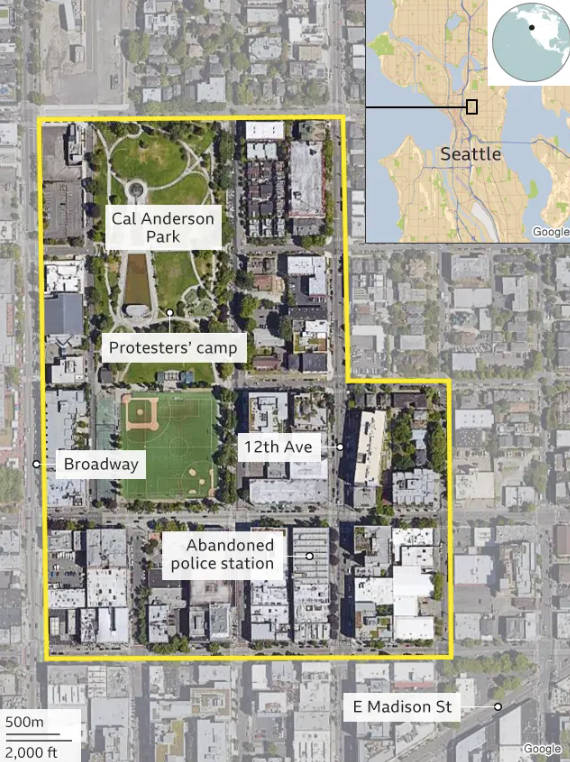
CHOP encompassed approximately six blocks, including Cal Anderson Park and the area surrounding the East Precinct. Protesters erected barricades to delineate its boundaries and declared it an autonomous zone, free from police presence.
Community Atmosphere
Initially, CHOP had a festive and community-driven atmosphere. Art installations, music performances, and mutual aid efforts thrived within its boundaries. Volunteers distributed free food and water, while organizers held teach-ins and discussions on various topics such as systemic racism, police reform, and community-led governance.
{insert street mural}
Cal Anderson Park became a central gathering space for speeches, vigils, and debates. The area featured murals supporting the Black Lives Matter movement, including a now-famous street mural spelling out “BLACK LIVES MATTER” in bold letters.
Aspirations of Self-Governance
CHOP was envisioned as a model for community-led solutions, with participants emphasizing non-hierarchical decision-making and mutual aid. However, the absence of formal leadership created challenges in maintaining order and articulating unified goals.
Goals and Demands of CHOP
The activists behind CHOP articulated a series of demands aimed at addressing assumed systemic injustices. Their demands reflected broader calls for police reform and racial justice nationwide but also included specific local grievances.
Primary Demands
- Defund the Police: Protesters called for a 50% reduction in the Seattle Police Department’s budget (although many protestors called for the abolishment of SDP entirely), with the funds reallocated to community services and public health initiatives.
- Criminal Justice Reform: They demanded an end to imprisonment as a form of punishment and advocated for community-led approaches to addressing harm.
- Support for Black Communities: Specific demands included increased investment in Black-owned businesses, the appointment of Black doctors to treat Black patients, and educational reforms to address racial disparities.
Policy Changes: Protesters sought the banning of armed police responses to mental health crises and the dismantling of the “school-to-prison pipeline”.
Challenges and Violence Within CHOP
Despite its idealistic beginnings, CHOP soon faced significant challenges. The absence of formal governance and law enforcement created vulnerabilities, leading to escalating violence and disorganization.
Incidents of Violence
- Fatal Shootings: Between June 20 and June 29, multiple shootings occurred within CHOP, resulting in the deaths of two young men and injuries to others. These incidents underscored the difficulties of maintaining safety in a police-free zone.
- Assaults and Property Crimes: Reports of assaults and property crimes within CHOP further fueled criticism from local residents and city officials. Namely, Seattle Police Chief Carmen Best stated “Our calls for service have more than tripled. These are responses to emergency calls — rapes, robberies, and all sorts of violent acts that have been occurring in the area that we’re not able to get to.”
Organizational Struggles
The decentralized nature of CHOP posed challenges for decision-making and conflict resolution. Raz Simone, a local activist and musician, became a prominent figure in the zone but faced allegations of authoritarian behavior and distributing weapons. While some within the protest zone viewed Simone as a necessary leader, others criticized his approach as inconsistent with CHOP’s egalitarian ideals.
Democrat Elected Officials Initially Support Protest
CHOP drew criticism from public officials, activists, and the media; however, some elected officials spoke more positively of the protests and occupation of the Capitol Hill neighborhood.
Governor Jay Inslee
Washington Governor Jay Inslee commented on Twitter about “very real racial injustices in our society” and claimed “CHOP was largely peaceful” at the time of his June 11 tweet.
I spoke with @MayorJenny and her team about the situation on Capitol Hill. Although unpermitted, and we should remember we are still in a pandemic, the area is largely peaceful. Peaceful protests are fundamentally American, and I am hopeful there will be a peaceful resolution.
— Governor Jay Inslee (@GovInslee) June 11, 2020
Mayor Jenny Durkan’s Response
Seattle Mayor Jenny Durkan initially expressed optimism about CHOP, referring to it as a potential “summer of love.” However, as violence and disorder escalated, she faced growing pressure to take action. Durkan also described CHOP as “more like a block party atmosphere, it is not an armed takeover,” on CNN’s Cuomo Prime Time.
Durkan eventually ordered the dismantling of CHOP, but her initial support for the zone became a point of contention.
Councilmember Kshama Sawant
City Councilmember Kshama Sawant became one of CHOP’s most vocal supporters. Sawant joined protestors who marched to Seattle Mayor Jenny Durkan’s home to make demands and called for defunding the SPD or resign from her position. Critics accused Sawant of exacerbating tensions, particularly after she led protesters to the mayor’s residence, prompting concerns about public safety and civility.
The Seattle Mayor’s office released as statement in response to Sawant’s actions:
“Instead of working to make true change, Councilmember Sawant continues to choose political stunts. Tonight she did so without regard for the safety of the Mayor and her family. The Mayor was not even home — she was working at City Hall. Seattle can and should peacefully demonstrate but should not put families and children at risk.”
Dismantling of CHOP
The turning point for CHOP came as incidents of violence escalated within its boundaries. Between June 20 and June 29, several shootings occurred, resulting in the deaths of two individuals—19-year-old Horace Lorenzo Anderson and 16-year-old Antonio Mays Jr.—as well as injuries to others. These events highlighted the inability of CHOP participants to maintain order in the absence of law enforcement. The tragic deaths, combined with reports of assaults, property crimes, and deteriorating living conditions, intensified scrutiny of the zone.
Seattle Police Chief Carmen Best expressed deep concerns about the safety of residents and protesters within CHOP, describing the zone as “lawless and brutal.” Her statements added to the growing pressure on city officials to address the situation. Community members, including business owners and residents of Capitol Hill, also voiced frustration, citing disruptions to daily life, decreased access to emergency services, and fears for personal safety.
Mayor Jenny Durkan’s Decision
Although Seattle Mayor Jenny Durkan was initially supportive of CHOP as violence escalated and public criticism mounted, her stance shifted. On June 30, Durkan signed an executive order declaring the clearing of CHOP necessary to restore public order. This marked a significant departure from her earlier rhetoric, as the city moved from tolerance to direct intervention.
The executive order authorized the Seattle Police Department (SPD) to clear the protest zone and remove barriers erected by demonstrators. Durkan emphasized the importance of balancing the right to protest with the need to protect public safety, a balance that had clearly tipped in favor of intervention by late June.
The Clearing of CHOP
On the morning of July 1, 2020, SPD officers moved into CHOP with a large police presence. Armed with riot gear, officers dismantled barricades, removed tents and structures, and arrested 44 protestors on various charges ranging from failure to discourse, assault, obstruction, pedestrian interference and malicious mischief. Video footage from the scene showed officers methodically clearing the area while protesters chanted slogans and decried the city’s actions.
City workers have also recovered improvised spike strips—designed to puncture vehicle tires—in the area of the CHOP. pic.twitter.com/x4Des6hPGq
— Seattle Police Department (@SeattlePD) July 1, 2020
The operation, which lasted several hours, brought an end to CHOP’s occupation of the Capitol Hill neighborhood. SPD subsequently reopened the East Precinct, which had been abandoned nearly a month earlier, and reestablished a police presence in the area.
Aftermath and Legacy
The dismantling of CHOP left a divided legacy. Supporters viewed it as an inevitable conclusion to an unsustainable experiment, while critics argued it marked a failure to address grievances that gave rise to the zone. For many, the violence and disorganization within CHOP overshadowed its initial goals, reinforcing the challenges of creating lasting change through such unstructured efforts. The operation highlighted the complexities of balancing protest rights with public safety, a tension that continues to shape discussions around social justice and governance.
